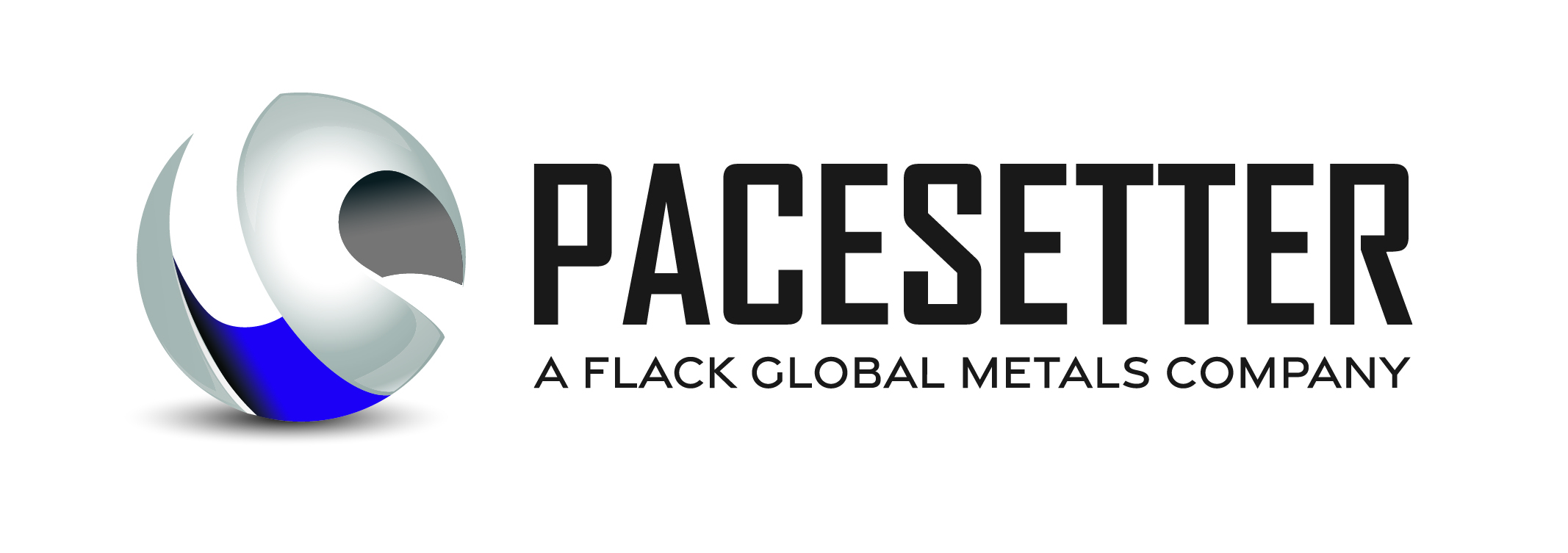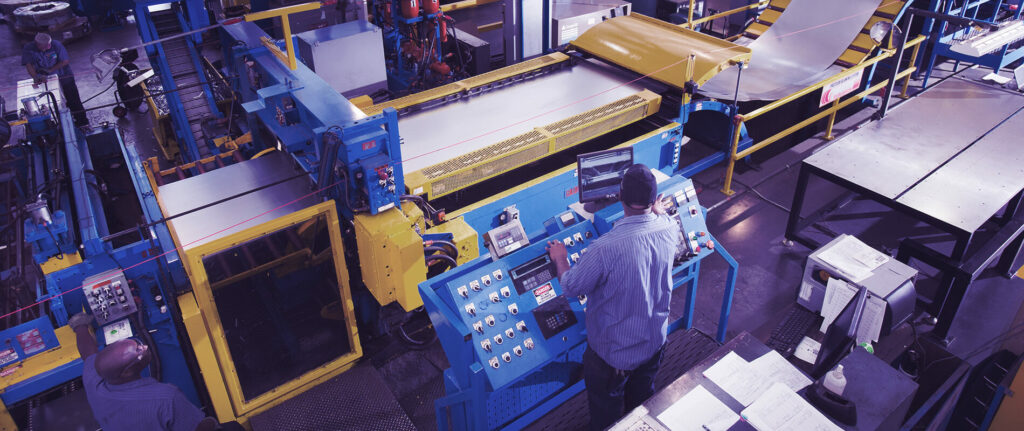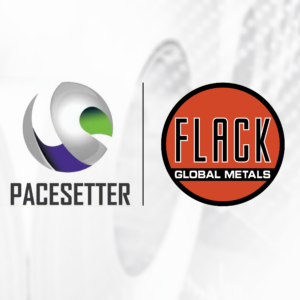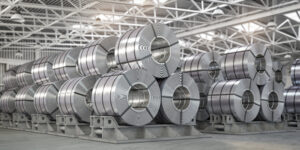In the vast world of industrial materials, the decision between Galvanized Steel and Stainless Steel is a critical one that can shape the fate of countless projects. This blog is your compass through the complexities, unveiling the characteristics, advantages, and disadvantages of each material. As a beacon of knowledge, Pacesetter is here to guide you towards an informed decision tailored to your unique needs.
Galvanized Steel
Characteristics of Galvanized Steel
Galvanized Steel stands tall with its unique zinc protective coating, a formidable defense against the relentless forces of corrosion. This coating, applied through a hot-dip galvanizing process, imparts distinctive qualities that define the material.
Advantages (Pros) of Galvanized Steel
- Exceptional Corrosion Resistance: Galvanized Steel takes the crown for its remarkable ability to resist corrosion, ensuring longevity in diverse applications.
- Cost-Effectiveness: A budget-friendly option that doesn’t compromise on quality, making it ideal for various projects.
- Ease of Maintenance: With minimal upkeep, Galvanized Steel proves to be a low-maintenance solution for long-term durability.
Disadvantages (Cons) of Galvanized Steel
- Limitations in Extreme Environments: While resilient, Galvanized Steel may not be the best choice for projects in extreme environmental conditions.
- Aesthetics: The appearance of Galvanized Steel might not match the sleekness of Stainless Steel, impacting certain applications.
- Susceptibility to Scratching: Prone to scratches that can compromise its protective coating, demanding careful handling.
Application
From towering construction projects to intricate industrial applications, Galvanized Steel’s versatility makes it a top pick for outdoor structures, fencing, and automotive components.
Stainless Steel
Properties of Stainless Steel
Stainless Steel, armed with a chromium-rich alloy forming a passive oxide layer, boasts unrivaled corrosion resistance and durability. This layer becomes its shield, ensuring a lasting and structurally sound material.
Pros of Stainless Steel
- Exceptional Corrosion Resistance: Stainless Steel excels in resisting corrosion, making it an ideal choice for applications demanding longevity.
- Aesthetic Appeal: Renowned for its sleek and modern appearance, adding a touch of elegance to various industries.
- High Strength: With robust strength, Stainless Steel finds itself at home in applications requiring durability and reliability.
Cons of Stainless Steel
- Cost: A premium material, Stainless Steel may not be the most budget-friendly option, impacting certain projects.
- Limited Corrosion Resistance in Specific Environments: In specific corrosive conditions, Stainless Steel might not provide the same level of protection as Galvanized Steel.
Applications
From gleaming kitchen appliances to critical medical equipment, Stainless Steel showcases its adaptability and resilience in practical applications across diverse industries.
Making the Right Choice
Guidance on Decision-Making Factors
Choosing between Galvanized Steel and Stainless Steel involves various factors. Navigate this decision-making labyrinth with guidance on corrosion resistance, cost, and durability. Understand the unique characteristics of each material to align your choices with your project goals.
Suitability in Different Industries
Identify the shining star for your industry by highlighting where each material excels. Whether you’re in construction, automotive, or manufacturing, matching the material to the industry is crucial for success.
Importance of Cost, Corrosion Resistance, and Durability
Discuss the critical importance of cost, corrosion resistance, and durability. Empower decision-makers to strike the perfect balance based on their project requirements.
Align your decision with your project goals, considering the unique advantages and disadvantages of each material.




